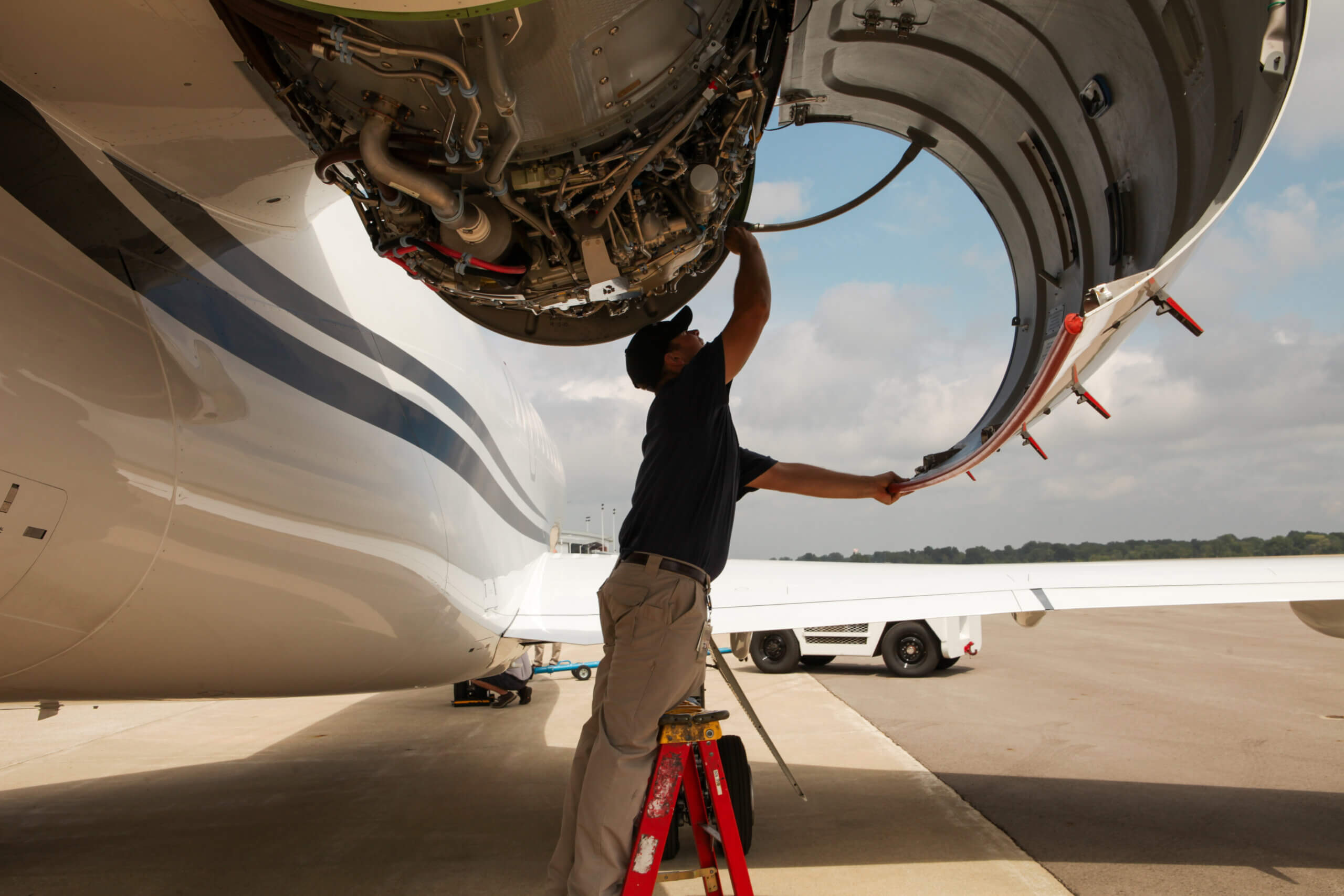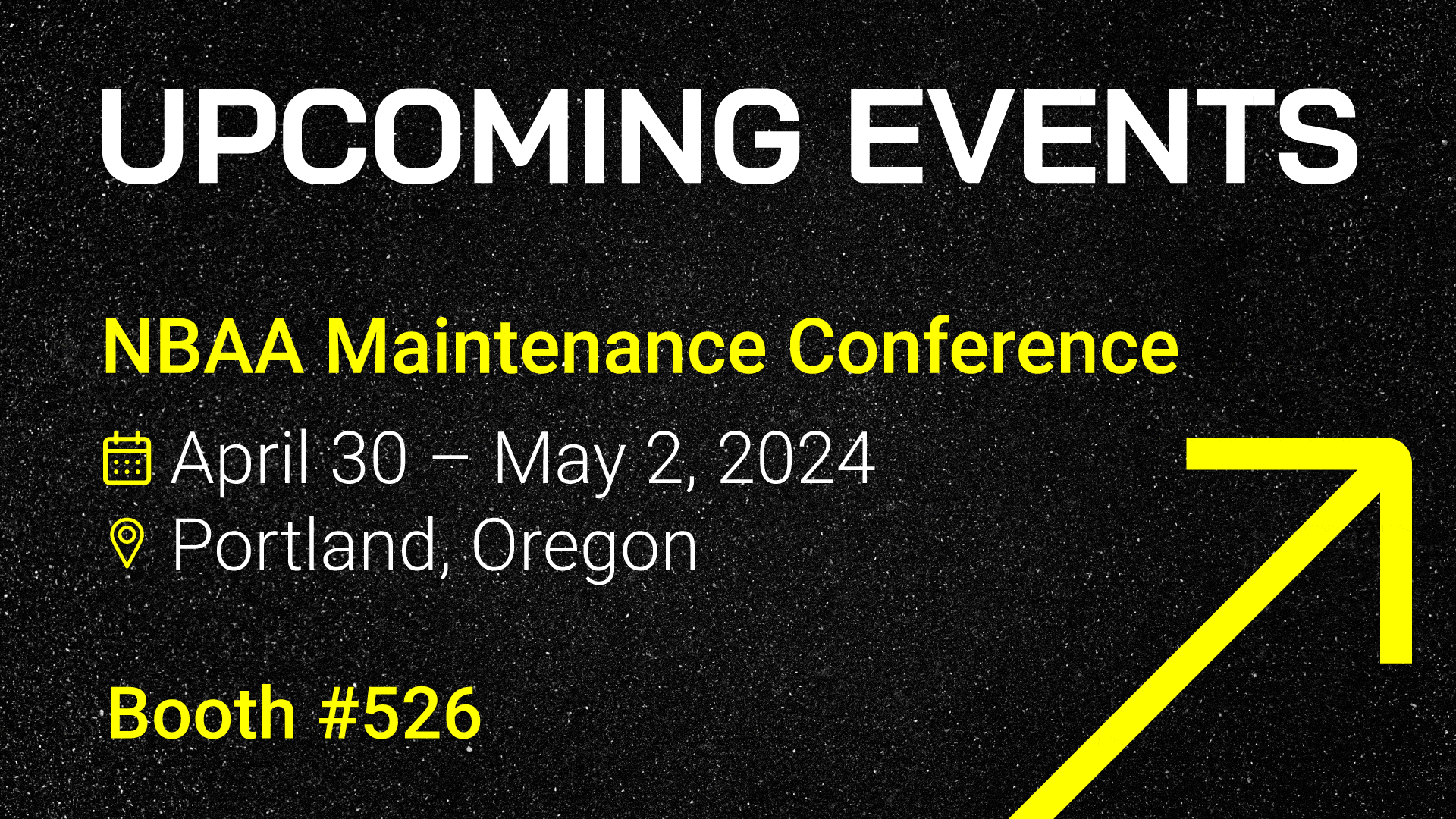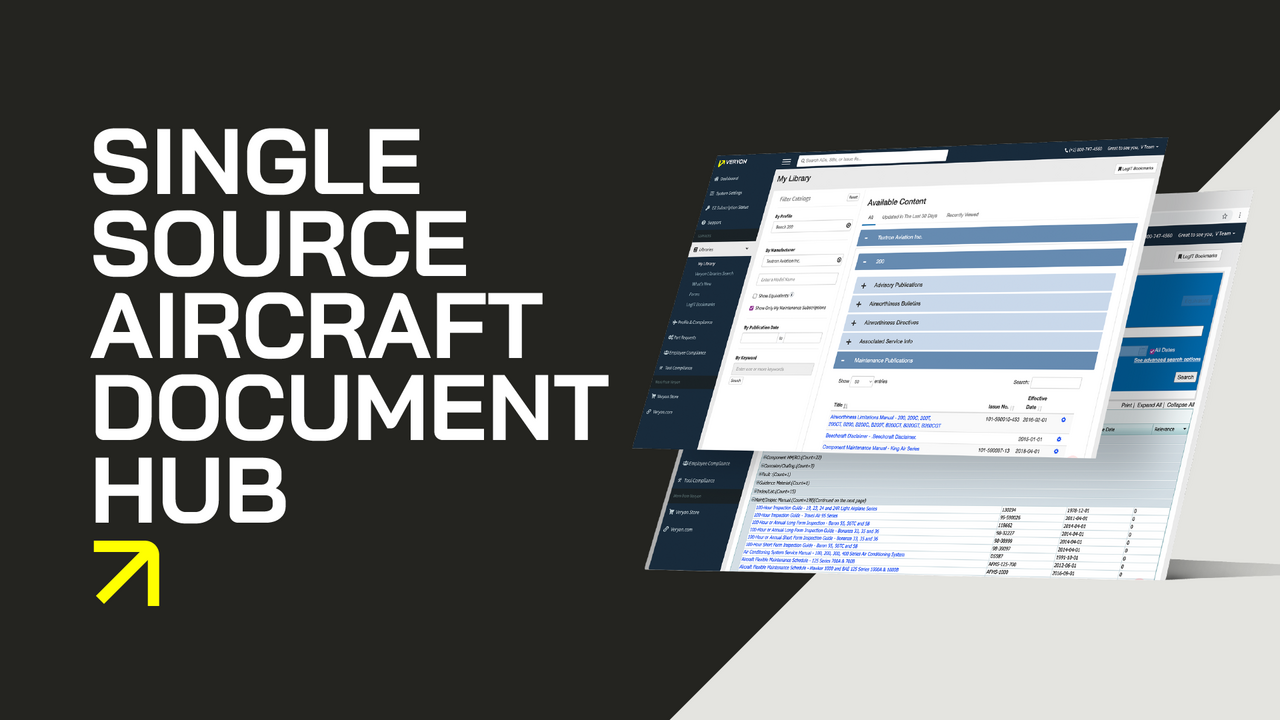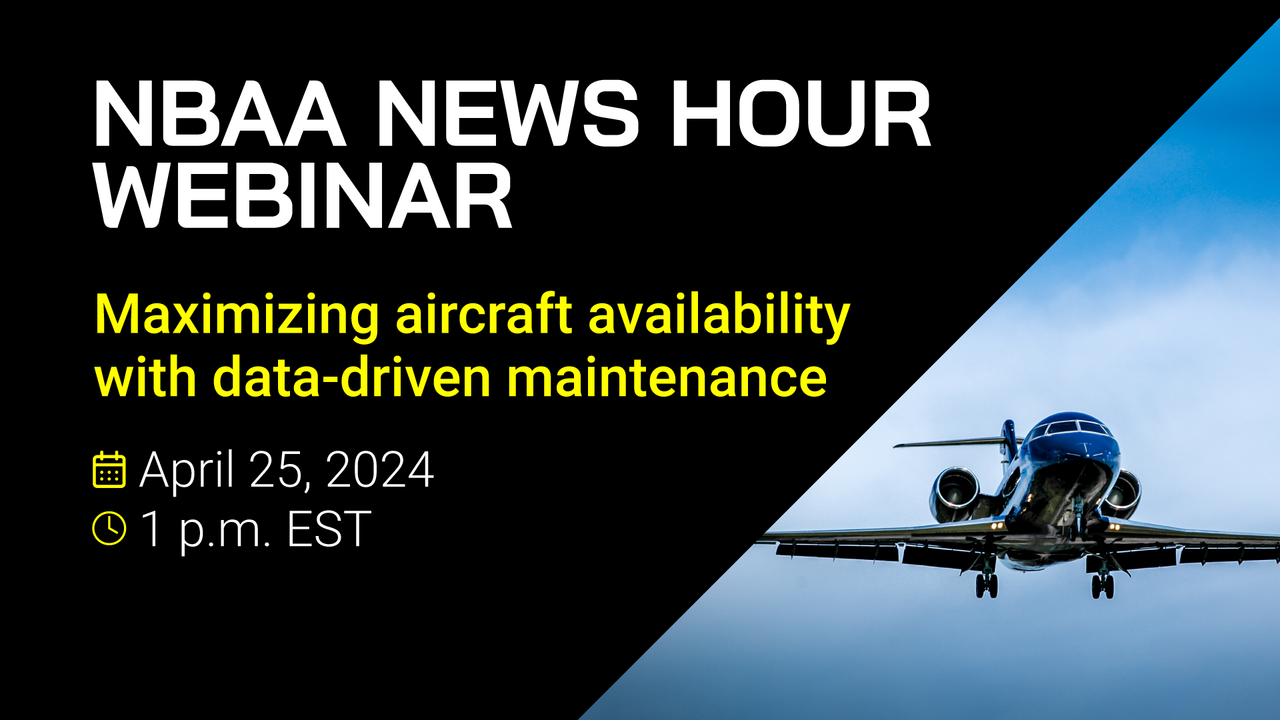
MELs and MMELs, what are they, why do we need them, and how are they used? In case you missed it, our first and second webinars of 2021 were presented on February 18th and April 29th respectively, and featured President of Aerodox, David Burk, alongside ATP’s very own VP of Marketing & Engagement, Lee Brewster.
If you’re interested in learning more about deferred maintenance and how to manage it per FAA regulations, keep on reading.
To watch Mastering MELs: Part 1, click here. To watch Mastering MELs: Part 2, click here.
Part 1: Managing the Ins and Outs of Deferred Maintenance
MELs & MMELs, What are They?
David and Lee first get into the basic definitions of an MEL, so what is an MEL, Minimum Equipment List? Well, the MEL originates from the MMEL, the Master Minimum Equipment List. The MMEL is developed by the original aircraft manufacturer, the OEM, with the aviation industry’s participation. The FAA approved MMEL is the basis for the individual operator’s MEL. MMELs improve utilization and provide more convenient and economical air transportation for the public.
Bottom line, why do we have an MEL? Why is there an MMEL? Well, it saves you money.
The MMEL includes items and equipment related to airworthiness, operating regulations, and other items or equipment that may be considered inoperative and allow for modified operations.
So, Why Do We Need an MEL if There's Already an MMEL?
Talking about everything but Part 91, David explains that you have to have an approved MEL. You need to take the master and customize it down to your particular operation. The master will tell you how many total fire extinguishers you have installed, let’s say four. You have four installed on the aircraft, but you need two; your MEL would say there are four installed, two required.
The MMEL will tell you what is required by regulations; the MEL tells the crew and mechanic what is required at the time of departure for that particular item being inoperative.
No person may take off in an airplane with inoperable instruments unless an approved MEL exists for that aircraft.
Again, now's not the time to read your MEL for the first time. You need to have some MEL training. You need to understand how the MEL is put together for your operation and what the requirements are. That's a biggie. You got to know beforehand. You don't want to get ramp checked, how do you use your MEL, and you can't find it or you can't figure out how to use it.
Watch the entire webinar, where David and Lee take a deeper look into CDLs (Configuration Deviation List), NEFs (Nonessential Equipment & Furnishings), and LOAs (Letter of Authorization) and how they fit into this discussion.
David and Lee also get into how to develop an MEL for aircraft without an existing OEM MMEL in the webinar.
Three Key Terms - Operative, Considered Inoperative, and Is Not Used
An operative system or component will accomplish its intended purpose and is consistently functioning normally within its design operating limits and tolerances.
When the MMEL item specifies an item must be operative, it does not mean it’s operational status must be verified. If it is not on deferral or not written up in the logbook, it is considered operative and does not have to be verified. However, if the MMEL specifies the item as verified, you need to figure out how to verify that the item is functioning normally. When an item is verified operative, you must check and confirm operative at the interval specified in the MEL.
Considered Inoperative
Considered inoperative means that an instrument or equipment must be treated for dispatch, taxi, and flight purposes as though it were inoperative. In other words, the item is not working. The item will not be used or operated until the original deferred item is repaired. Considered inoperative is more than just saying “consider it inoperative.” To hear more about this, make sure to watch the full webinar.
Is Not Used
David explains that the term “is not used” simply means we want to make sure you do not use that item. The MMEL may specify another item in the MEL is not used. In such cases, crew members must not activate, actuate, or otherwise utilize that item under normal operations. Therefore, under normal conditions, the crew cannot use the specified item. However, under emergency conditions, the item may be used if absolutely necessary, an important rule added many years ago to help out with the aircraft’s enhanced safety.
Part 2: Understanding the HOWs
Parts of an MEL/MMEL
David and Lee go into depth on the different parts of an MMEL/MEL including: table of contents, control pages, log of revisions, preamble, and definitions. ALL MMEL and MELs are the same format for the most part, some have minor differences, but you will most likely find the same parts in every MEL. Below is a list of all the parts of an MMEL/MEL with a brief description from the webinar.
- Table of contents: Tells you on what pages of the MMEL/MEL you will find the different parts of the MMEL/MEL such as the cover page, control page, log of revisions, etc. It is the guide of the MMEL/MEL.
- Control Page: A list of pages that tells you what pages have been revised in the MEL or MMEL. It is the guideline of what has been changed throughout the MMEL/MEL as far as the revision number and date for those pages.
- Log of Revisions: More detailed than the control page, as it tells you what has been changed in the MMEL/MEL. Some are very detailed and will tell you every item and exactly what has changed, others are very generic with a sentence or two stating the MMEL/MEL was revised for whichever items.
- Preamble: Describes the regulations and what the intent of the MMEL/MEL is. The end of the preamble states that you must understand the intent of the MEL before you use one. There are two different preambles, one for parts 121, 125, and 135 operations, and one for part 91 operations. They say the same thing in different ways – where you get the guidance, and how you should read the MMEL/MEL.
- Definitions: Gives you some guidance in your MMEL/MEL, providing all definitions, and which definitions are required, and which are not.
The preamble is one of those things that a lot of people really don’t understand… the preamble is basically where the authority comes from, it describes the regulations, and what the intent of the MEL is. Matter of fact, it even states at the end of the preamble that you must understand the intent of the MEL before you use one. So it's something everybody should read.
How to Use the MEL/MMEL
How do you even read an MEL? David explains that the first thing to do is make sure you are on the right master. It sounds simple, but there are differences between similar aircraft. For example, the Falcon 2000, 2000EX, and the 2000EZ have three different masters. Once you’ve confirmed you’re on the right master, read it left to right, top to bottom, and when you get to something that doesn’t work, stop and either fix the airplane or find something else. No matter if you have a paper or digital copy of your master, make sure you have the latest and greatest revision number, date system.
David and Lee go through examples on how to use the MMEL/MEL in the webinar, going through the components such as repair category, number installed, number required for dispatch, remarks or exceptions, provisos, and notes. Check it out here.
What it Means to "MEL it"
This is the term the industry uses when you have applied an MEL to an aircraft. But what does that mean? Well, if you’ve installed a part on an aircraft per the requirements and regulations it has got to work. But when somethings not working, you can still fly the aircraft but you’ll have to go through one of two processes. You can either go through the STC process, or you can get the inspection and engineering departments to deactivate that particular system.
When you add something to the aircraft, you’re changing the design, which is an STC. The requirements for the design and functionality of the aircraft changed. So when you’re MELing it, what you’re doing is taking a pre-written STC and applying it to the aircraft. But that begs the question, what are you MELing? Its simple, you’re MELing the different components that are allowed per the MEL, and you’re using the MEL to write an STC and apply it to the aircraft for that time.
In the last webinar, David and Lee talked about operative, inoperative, and is not used. This time, they go into more depth on these terms and explain the Maintenance Procedures (M) and Operating Procedures (O) in the MMEL/MEL. They also walk through an example on how to apply the MEL, and how to write up and RTS an MEL which you can check out here.
So MEL what? Different components that are allowed per the MEL, and you're using that MEL to basically write an STC and apply it to the aircraft for that time.
Concerns in Commercial and General Aviation Operations
There are four repair categories, A, B, C, and D. These four categories determine the amount of time you have to fix your aircraft, replace parts etc. Category A will tell you how much time you have, it varies and could be days, weeks, or even months. You cannot extend A items in the USA. Category B means you have three days to fix and category C means you have ten days to fix. You can extend B and C items in the USA as long as you have a legitimate reason for not being able to make the fix. For categories B and C there is also a “day of discovery,” meaning that your three or ten days to fix, starts the day after you write up the issue. Category D means you have 120 days to complete the fix, and you cannot extend this deadline in the USA. In the rest of the world, A and D items can be extended, but in the USA, operators must complete the fix at the indicated time for A items or 120 days for D items.
In the Part 91 world, the only repair category you hear about is A. In the preamble, it states that Part 91 operators do not have to comply with repair categories. Although that is true, it also states that they must comply with any remarks or exceptions as far as time limits. That is where the A category comes in and is significant for Part 91 operators. For Parts 135, 121, or 25 operations, all repair categories are involved.
Q&A
For the last half of both webinars, David and Lee went through an extensive list of questions from the audience and answered all of them. The entire list of questions and answers from this webinar series is linked here.
About ATP.
ATP is the leading provider of aviation software and information services.
Our innovative product lines, including Flightdocs, Aviation Hub, ChronicX, and SpotLight, reduce operating costs, improve aircraft reliability, and support technical knowledge sharing and collaboration in all aviation and aerospace industry sectors.
The products and services of ATP support more than 75,000 aircraft maintenance professionals worldwide. As a global company, ATP has more than 7,500 customers in 137 countries and partnerships with over 90 OEMs.



